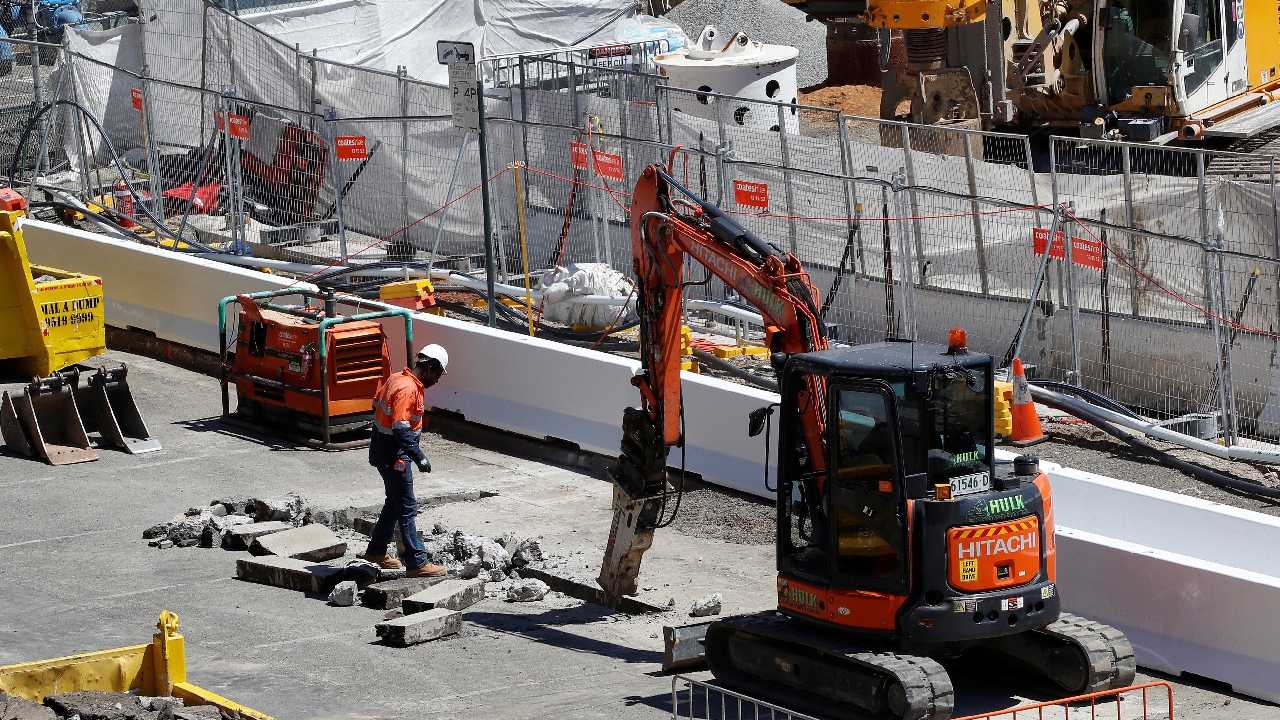NEWS
Revolutionary Innovations in the Construction Industry

Revolutionary Innovations
The construction industry greatly impacted society’s growth, from building homes and office buildings to constructing roads and bridges. As technology advances, so does the building process. Many revolutionary innovations have been made in the construction industry, leading to faster and more efficient projects. Here are some of these groundbreaking advancements.
Aluminum Construction Systems
The Aluminum Formwork System has revolutionized the way buildings are constructed. It uses lightweight aluminum formwork to create the desired shape and structure of a building in a fraction of the time it used to take with traditional methods. The aluminum also makes for more accurate measurements, leading to greater safety and quality of construction projects. Additionally, workers have increased safety due to its non-corrosive nature and reduced fatigue from manual labor.
3D Printing Technology
The groundbreaking technology has revolutionized the construction industry through its ability to create parts and components quickly and efficiently. 3D printing can be used in various applications. 3D printing also requires less manual labor, reducing costs and improving safety on the job site. Additionally, it produces complex shapes with accuracy that is impossible with traditional methods.
Prefabricated Construction Components
Prefabricated components are created off-site in a factory setting and constructed from high-quality materials under strict quality control procedures. This allows for improved time management on construction sites because prefabricated components must be transported and installed instead of built piece by piece. Those components also reduce costs, as they can be produced in bulk with precision, and fewer materials are required than in traditional construction methods. This leads to faster project turnaround times and improved efficiency.
Building Information Modeling (BIM)
Building information modeling is a process that uses computer technology to create virtual models of the building throughout its lifecycle. BIM allows collaboration between designers, contractors, engineers, and owners. All stakeholders are able to view the same 3D model in real time, improving communication and reducing errors on the job site.
Additionally, BIM provides detailed information about each component, which can help inform decision-making from pre-construction to demolition. This helps ensure all stakeholders are on the same page and reduces costly mistakes during construction.
Unmanned Aerial Vehicles (UAVs)
Unmanned aerial vehicles, or drones, have revolutionized the construction industry by efficiently surveying and mapping large sites. Drones can soar above the job site to collect detailed information about the terrain, enabling faster and more accurate decisions for planning projects. Drones also provide a safer way to inspect areas that are otherwise difficult or dangerous to access. By giving stakeholders a bird’s eye view of the project site, UAVs help teams make smarter decisions and save time and money on the job site.
Augmented Reality Technology (AR)
Augmented reality is a technology that overlays digital information onto the physical world, giving users a more immersive experience. In the construction industry, AR can be used to visualize plans and designs in the context of the job site. This helps teams better understand what needs to be done and how it will look. It also helps reduce costly errors by providing an interactive platform for stakeholders to collaborate and identify problems before they become bigger. Additionally, it can be used to showcase virtual components in real time, which gives everyone involved a greater understanding of the project.
The construction industry has experienced many innovative changes over the past few decades. From 3D printing to augmented reality, these advancements have revolutionized how projects are planned and executed. These technologies lead to improved accuracy, reduced costs, safer job sites, and faster project completion times. As technology evolves, the construction industry will continue to benefit from these revolutionary innovations.
Having completed my education in English, I’ve cultivated a successful career as a content writer. My tenure includes valued collaborations with distinguished professional organizations, reflecting my commitment to producing high-quality content.
Contact me on this mail: [email protected]










